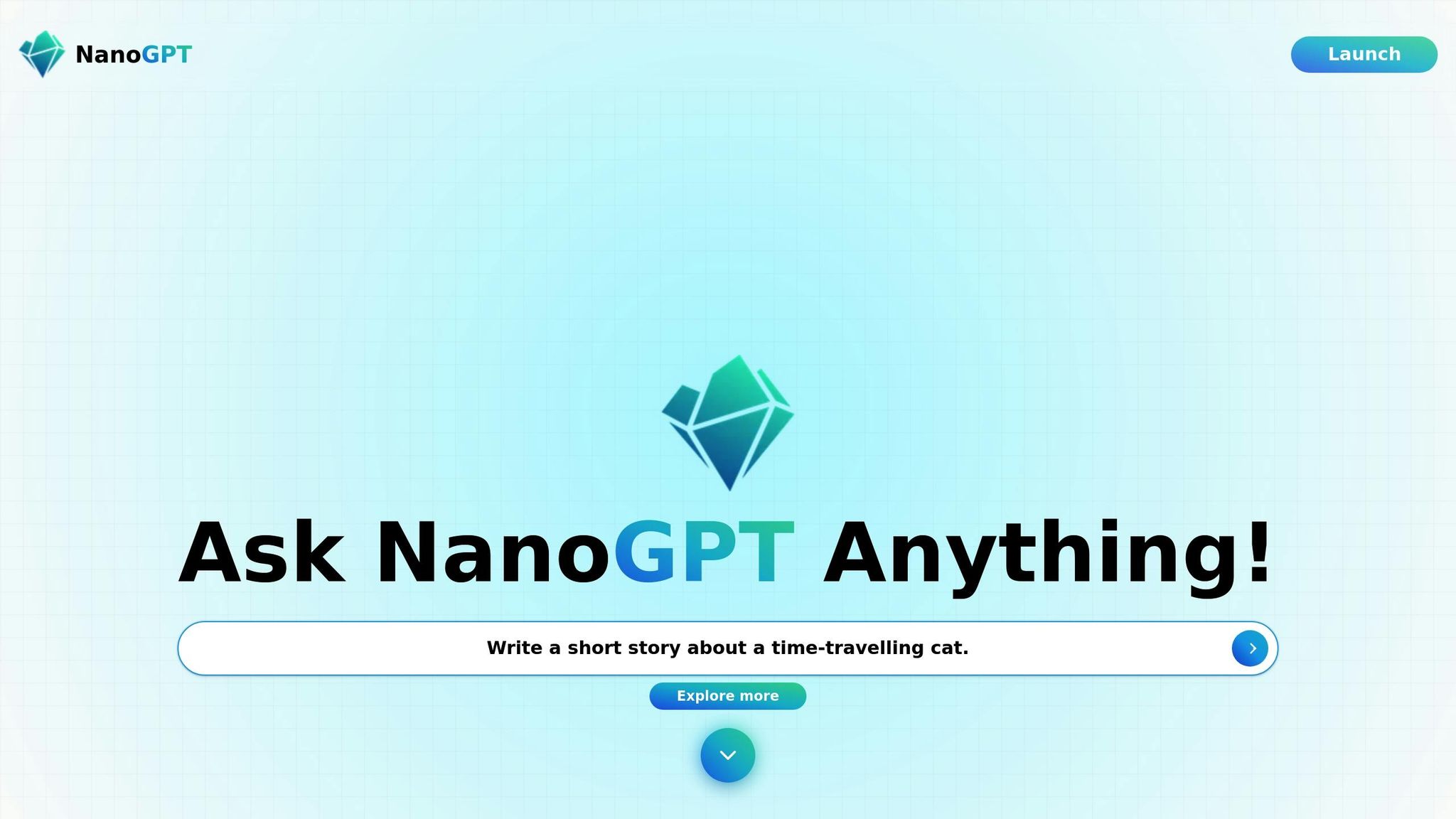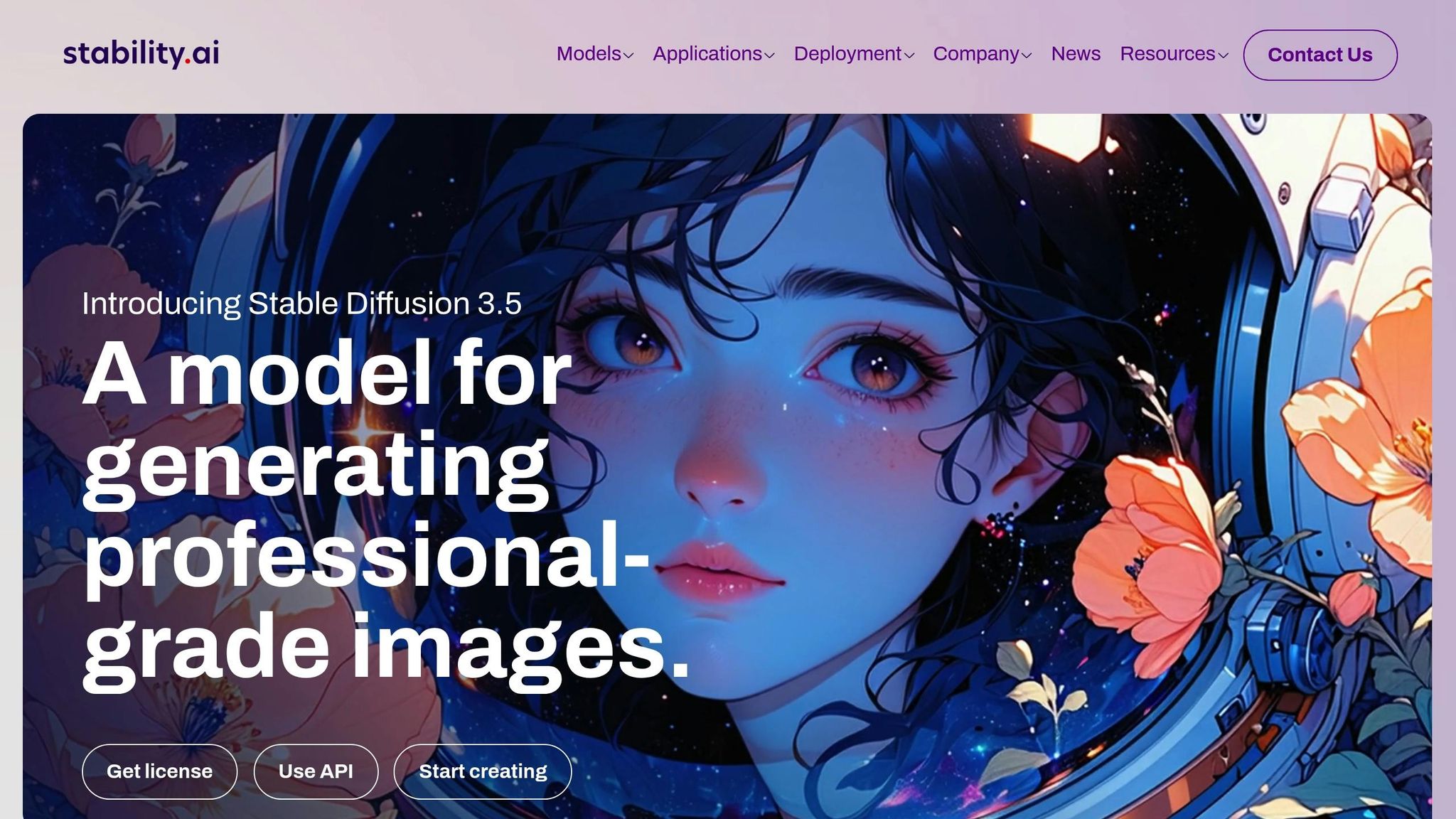Apr 15, 2025
How do AI models handle failures? Here's the short answer: Automated model switching and error management are key. When errors occur, models like NanoGPT, ChatGPT, and Stable Diffusion use unique strategies to maintain reliability.
| Feature | NanoGPT | ChatGPT | Stable Diffusion |
|---|---|---|---|
| Error Handling | Automated model switching | Adapts to input issues | Consistent image quality |
| Task Focus | Multi-model setup | Text-based tasks | Image generation |
| Pricing | Pay-as-you-go | Not specified | Not specified |
By leveraging multiple models and automated selection, AI systems can reduce errors, maintain quality, and ensure smooth workflows even during failures. Whether you're generating images or managing complex conversations, understanding these strategies helps you choose the right tools for your needs.

NanoGPT ensures a dependable experience by leveraging local data storage. This design minimizes network interruptions, safeguards user privacy, and keeps operations steady.
Additionally, users are billed only for successful operations, making it a cost-effective choice. This focus on performance and reliability allows NanoGPT to handle various AI-driven tasks, even in challenging scenarios. Up next, we’ll look at how ChatGPT manages errors.

ChatGPT is designed to handle issues like network interruptions, irregular inputs, or processing challenges effectively. It can detect problems early, keep the flow of conversation intact during short disruptions, and adapt its responses when system capacity is stretched.
For example, if an input is unusually large or poorly formatted, ChatGPT works to protect the conversation's context, ensuring responses remain consistent and reliable.
These features highlight ChatGPT's focus on delivering stable and clear communication, even under challenging conditions. Up next, we'll take a closer look at system stability in image generation using Stable Diffusion.

Stable Diffusion effectively addresses challenges in image generation, delivering reliable results even when faced with tough conditions. While documentation may be limited, its performance remains consistent.
By integrating NanoGPT, users gain access to a variety of image generation models. This setup acts as a backup plan, letting users switch models if Stable Diffusion doesn't meet expectations. Together, these tools are well-suited for handling demanding image generation tasks.
Next, let's compare performance metrics across different models.
This section compares how different AI models perform when faced with errors or unexpected inputs. Each platform approaches these challenges in its own way, as discussed earlier. NanoGPT stands out with its multi-model setup, which includes an automated system that picks the best AI model for each task. This design ensures it can quickly switch between models - like GPT-4, Claude, DeepSeek, and others - if one encounters an issue.
NanoGPT also uses a pay-as-you-go pricing model and offers flexible switching for tasks like image generation. For example, it can alternate between Dall-E and Stable Diffusion to maintain quality and keep workflows smooth.
This ability to pivot between models ensures steady performance, even under challenging conditions.
Using multiple models strengthens AI systems, especially during failures, by allowing quick switches between models. Automated selection ensures performance stays consistent by shifting to a dependable model when problems occur - an essential feature for high-stakes applications.
Here’s a quick breakdown of the key points:
Take NanoGPT as an example - it demonstrates these ideas by selecting the best models and integrating new ones within just 1–4 hours, ensuring strong performance.
How systems respond to failures often depends on the task. For instance, text-based tasks rely on multiple language models for redundancy, while image generation tasks benefit from switching models to maintain quality.